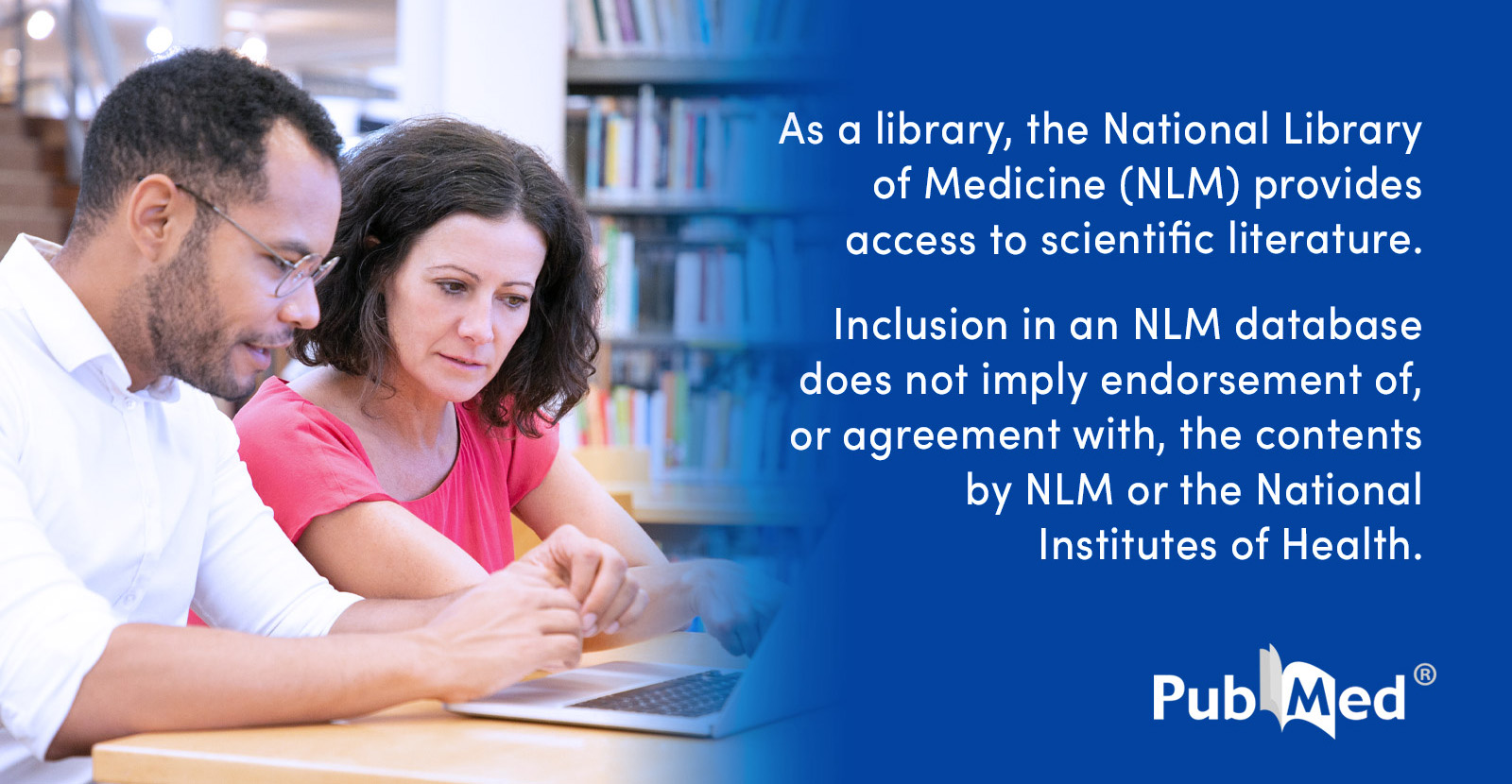Keep an eye on your concentration levels here. They're using 200µm which is in another universe in terms of systemic circulations. The highest plasma level ever recorded was 17µm. The vast majority of these studies use concentration amounts that we could never realistically hit with kava consumption in any form.
Here's a sampling of other cancer related kava studies:
Celentano, Antonio, Callisthenis Yiannis, Rita Paolini, Pangzhen Zhang, Camile S. Farah, Nicola Cirillo, Tami Yap, and Michael McCullough. 2020. “Kava Constituents Exert Selective Anticancer Effects in Oral Squamous Cell Carcinoma Cells in Vitro.”
Scientific Reports 10 (1): 1–11.
https://doi.org/10.1038/s41598-020-73058-4.
Einbond, L. S., A. Negrin, D. M. Kulakowski, H-A Wu, V. Antonetti, F. Jalees, W. Law, et al. 2017. “Traditional Preparations of Kava (Piper Methysticum) Inhibit the Growth of Human Colon Cancer Cells in Vitro.”
Phytomedicine: International Journal of Phytotherapy and Phytopharmacology 24 (January): 1–13.
https://doi.org/10.1016/j.phymed.2016.11.002.
Hu, Qi, Pedro Corral, Sreekanth C. Narayanapillai, Pablo Leitzman, Pramod Upadhyaya, M. Gerard O’Sullivan, Stephen S. Hecht, Junxuan Lu, and Chengguo Xing. 2020. “Oral Dosing of Dihydromethysticin Ahead of Tobacco Carcinogen NNK Effectively Prevents Lung Tumorigenesis in A/J Mice.”
Chemical Research in Toxicology 33 (7): 1980–88.
https://doi.org/10.1021/acs.chemrestox.0c00161.
Jandial, Danielle D., Lauren S. Krill, Lixia Chen, Chunli Wu, Yu Ke, Jun Xie, Bang H. Hoang, and Xiaolin Zi. 2017. “Induction of G2M Arrest by Flavokawain A, a Kava Chalcone, Increases the Responsiveness of HER2-Overexpressing Breast Cancer Cells to Herceptin.”
Molecules 22 (3).
https://doi.org/10.3390/molecules22030462.
Li, Xuesen, Liankun Song, Shan Xu, Matthew Tippin, Shuan Meng, Jun Xie, Edward Uchio, and Xiaolin Zi. 2021. “Kava Root Extracts Hinder Prostate Cancer Development and Tumorigenesis by Involvement of Dual Inhibition of MAO-A and LSD1.”
Journal of Translational Genetics and Genomics 5 (May): 163–72.
https://doi.org/10.20517/jtgg.2021.22.
Liu, Zhongbo, U-Syn Ha, Ke Yu, Chunli Wu, Noriko Yokoyama, and Xiaolin Zi. 2017. “Kavalactone Yangonin Induces Autophagy and Sensitizes Bladder Cancer Cells to Flavokawain A and Docetaxel via Inhibition of the mTOR Pathway.”
Journal of Biomedical Research 31 (5): 408–18.
https://doi.org/10.7555/JBR.31.20160160.
Phang, Chung-Weng, Sri Nurestri Abd Malek, and Saiful Anuar Karsani. 2021. “Flavokawain C Exhibits Anti-Tumor Effects on in Vivo HCT 116 Xenograft and Identification of Its Apoptosis-Linked Serum Biomarkers via Proteomic Analysis.”
Biomedicine & Pharmacotherapy = Biomedecine & Pharmacotherapie 137 (May): 110846.
https://doi.org/10.1016/j.biopha.2020.110846.
Puppala M, Narayanapillai SC, Leitzman P, Sun H, Upadhyaya P, O’Sullivan MG, Hecht SS, Xing C. 2017. “Pilot in Vivo Structure-Activity Relationship of Dihydromethysticin in Blocking 4-(Methylnitrosamino)-1-(3-Pyridyl)-1-Butanone-Induced O 6-Methylguanine and Lung Tumor in A/J Mice.”
Journal of Medicinal Chemistry 28 (60): 7935–40.
https://doi.org/10.1021/acs.jmedchem.7b00921.
Walia, Arman, Nikta Rezakahn Khajeh, Michael Wu, Cyrus Khoyilar, and Xiaolin Zi. 2016. “Kava in Prostate Cancer Prevention and Treatment.”
Complementary and Alternative Medicines in Prostate Cancer: A Comprehensive Approach, 29.
https://books.google.com/books?hl=e...ts=h2uT5AX3HE&sig=oVdsZoh3Km_u658jMLuJtAcfB64.

 pubmed.ncbi.nlm.nih.gov
pubmed.ncbi.nlm.nih.gov

